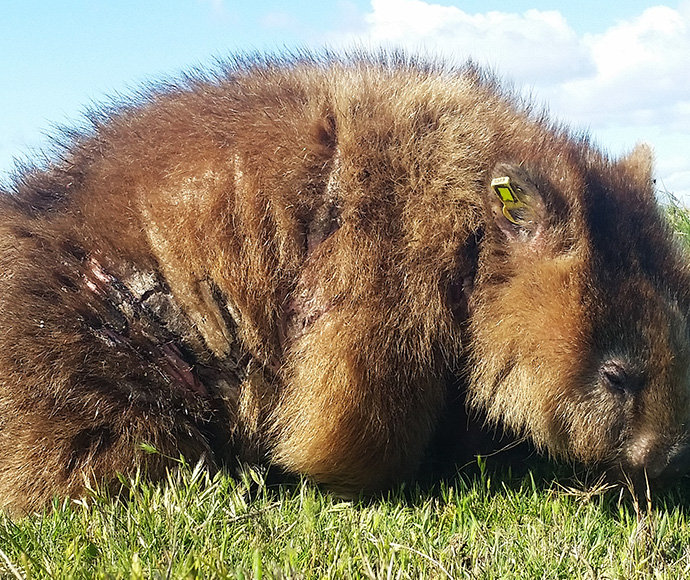Scientists have joined the battle to combat deadly wombat mange thanks to NSW Government funding to research effective treatments and map at-risk populations. Research grants totalling $452,000 are being awarded as part of a $2.8 million NSW Government effort to tackle wombat mange.

Four universities will use the allocated funding to better understand effective treatment regimes and the prevalence and distribution of mange in New South Wales's wild wombats.
Findings from the 2-year Curb Wombat Mange research program will inform on-the-ground treatment practices and improve welfare outcomes for wombats, who suffer from the scabies mite infestations that cause mange and eventually die if left untreated.
One grant has been awarded to Western Sydney University, who will develop a monitoring assessment tool to help people treating wombats identify the prevalence of mange in the field in combination with WomSAT.
Other research will consider mite medication resistance and the effectiveness of different medications (University of the Sunshine Coast); conduct surveys to investigate landscape and climate links to the distribution of mange (University of Tasmania) and determine how wombats metabolise treatment medication (University of Melbourne).
The Wombat Mange Research grants are being overseen by the NSW National Parks and Wildlife Service (NPWS).
"Identifying where the infected wombats live, and how many are affected in each population, will allow resources to be prioritised to target at-risk areas," said NPWS Project Officer Dr Aditi Sriram.
"These scientific studies will also give valuable information on how treatment programs can be made more effective and guide conservation practices on the best ways to improve outcomes for wombats in New South Wales."
Separate grants to support wildlife rehabilitators treating bare-nosed wombats in the wild are also available via the Foundation for National Parks and Wildlife.






